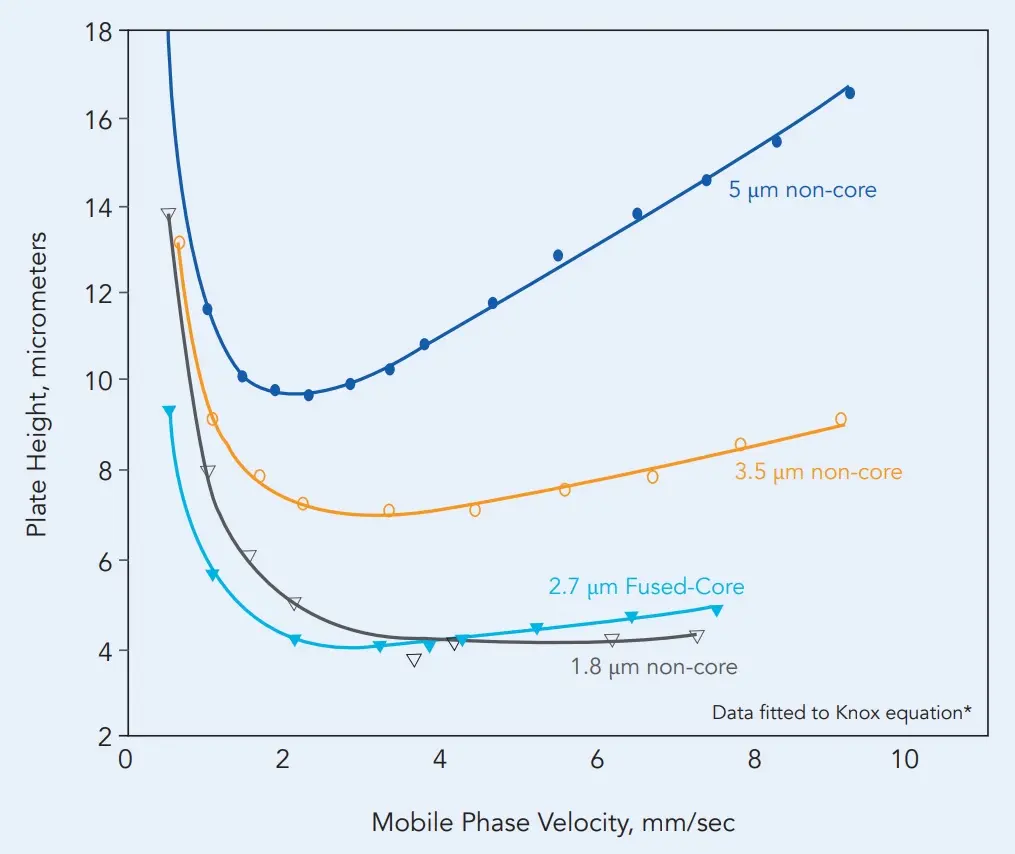HALO Elevate C18 40% Discount
Mehr lesenAdvanced Materials Technology™ is genuine developer and producer of packing materials with FusedCore® technology, bridging the gap between UHPLC and HPLC. The company Advanced Materials Technology has been created by outstanding pioneers from the field of high-performace liquid chromatography. These individuals have been responsible in the past for the invention, manufacture and product launch of Zorbax® brand columns and later founded Rockland Technologies. With their 30-plus years of experience in the chromatography world they created a new company dedicated to new innovative HPLC products.
The introduction of HALO® 2.7 micron Fused-Core® columnsin the year 2006 has revolutionised the chromatography world. HALO® columns deliver outstanding separation power (theoretical plates) comparable to UHPLC columns without the back pressure seen in sub 2 micron columns. HALO® bridges the gap between UHPLC and HPLC. AMT give customer webinars on demand, please contact us for further information!
In fused-core technology (or core-shell, superficially porous particles SPP), the particles consist of a non-porous core and a porous shell. This thin, porous shell enables faster mass transfer of the analytes between the mobile and stationary phases. This reduces the broadening of peaks due to mass transfer and therefore the B term of the van Deemter equation is smaller compared to fully porous particles. With fused-core technology, more uniform particles are also obtained, resulting in a more uniform flow through the packing bed. This in turn reduces the A-term of the van Deemter equation.
The reduction in the A-term and B-term results in significantly lower theoretical plate heights and therefore higher efficiencies (higher plate counts) of core-shell particles. This means that higher flow rates are possible with the same efficiency. Thus, a 2.7µm particle with fused-core technology has a similar separation performance as a sub 2µm fully porous material. Due to the non-porous core, the back pressure is as low as with 5µm particles, so that a UHPLC-like performance can be achieved on a conventional HPLC.
